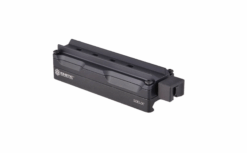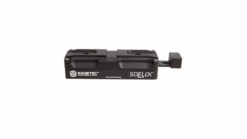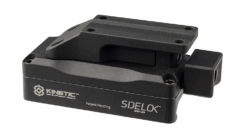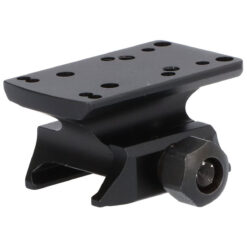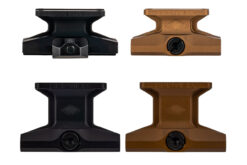On-Sale
New
Save 21%
MSRP: $164.98
Original price was: $152.75.$129.95Current price is: $129.95.
New
Kinetic Development Group Sidelok – Aimpoint Micro Mount – Lower 1/3 Co-Witness Black
Kinetic Development Group
Save 7%
MSRP: $164.98
$152.75
New
Save 7%
MSRP: $164.98
$152.75
New
Save 7%
MSRP: $164.98
$152.75
New
Kinetic Development Group Sidelok – Trijicon MRO Mount – Lower 1/3 Co-Witness Black
Kinetic Development Group
Save 7%
MSRP: $164.98
$152.75
Save 30%
MSRP: $99.99
$69.99
Save 9 – 10%
MSRP: $94.95 – $109.95
Price range: $85.95 through $98.95

